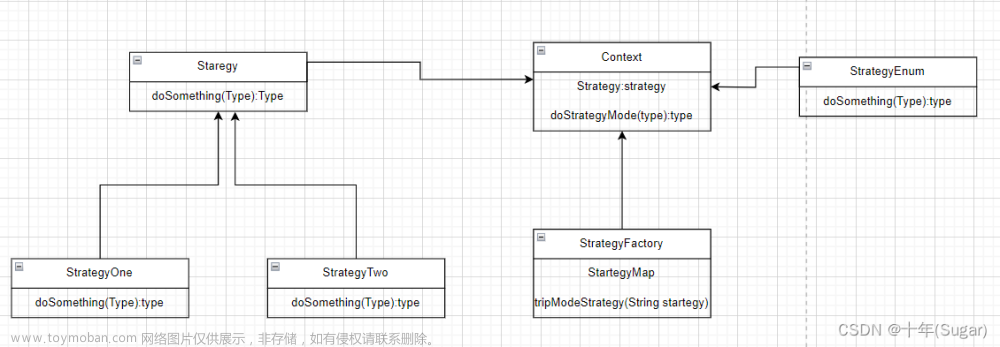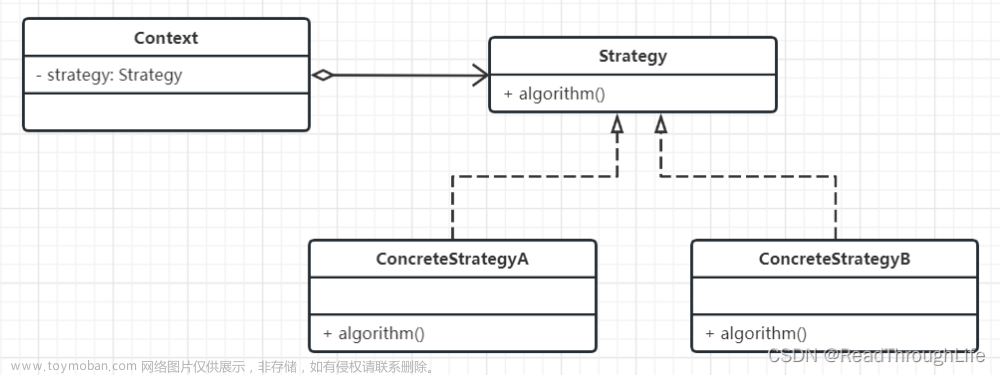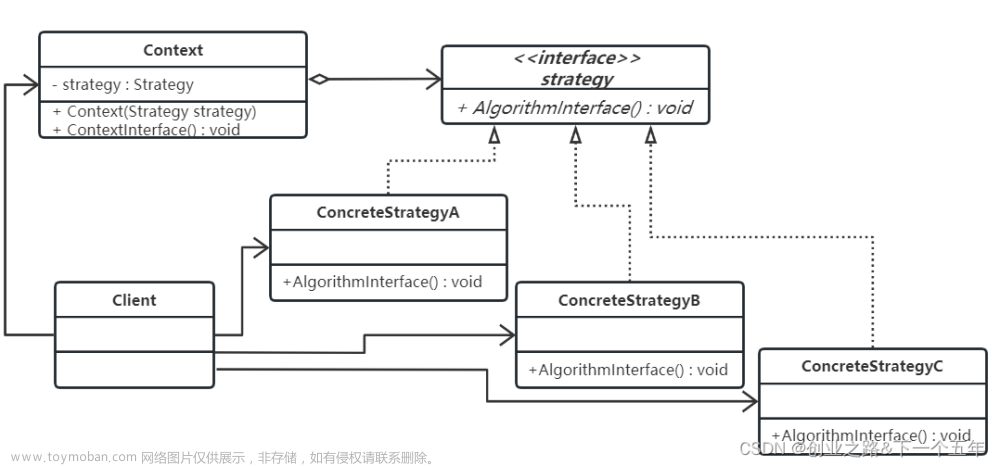策略模式(Strategy Pattern)是一种行为型设计模式,它定义了一系列算法,将每个算法封装起来,使它们可以相互替换,让客户端代码和算法的具体实现解耦。这样,客户端可以根据不同的需求选择不同的算法,而无需修改原有的代码。
C 实现策略模式
#include <stdio.h>
#include <stdlib.h>
// 定义策略接口
typedef struct {
void (*execute)(void);
} Strategy;
// 具体策略1
void strategy1_execute(void) {
printf("Executing Strategy 1\n");
}
// 具体策略2
void strategy2_execute(void) {
printf("Executing Strategy 2\n");
}
// 客户端代码,使用策略接口
void client_code(Strategy* strategy) {
strategy->execute();
}
int main() {
// 创建策略对象
Strategy* strategy1 = (Strategy*)malloc(sizeof(Strategy));
strategy1->execute = strategy1_execute;
Strategy* strategy2 = (Strategy*)malloc(sizeof(Strategy));
strategy2->execute = strategy2_execute;
// 使用不同的策略
client_code(strategy1);
client_code(strategy2);
// 释放内存
free(strategy1);
free(strategy2);
return 0;
}
C++ 实现策略模式
#include <iostream>
// 定义策略接口
class Strategy {
public:
virtual void execute() = 0;
virtual ~Strategy() {}
};
// 具体策略1
class Strategy1 : public Strategy {
public:
void execute() override {
std::cout << "Executing Strategy 1" << std::endl;
}
};
// 具体策略2
class Strategy2 : public Strategy {
public:
void execute() override {
std::cout << "Executing Strategy 2" << std::endl;
}
};
// 客户端代码,使用策略接口
void client_code(Strategy* strategy) {
strategy->execute();
}
int main() {
// 使用不同的策略
Strategy1 strategy1;
Strategy2 strategy2;
client_code(&strategy1);
client_code(&strategy2);
return 0;
}
策略模式的优缺点
优点:
灵活性增强:策略模式使得算法独立于客户端使用而变化。可以在运行时动态选择算法,灵活应对不同的需求和场景。
代码重用:各个策略可以被多个客户端共享,避免了代码重复。
扩展性良好:当需要添加新的算法时,只需增加新的策略类,而不需要修改已有的代码。
易于测试:由于策略类封装了具体的算法,因此易于进行单元测试。文章来源:https://www.toymoban.com/news/detail-619902.html
缺点:
增加类数量:每个具体策略都需要一个对应的类,如果策略较多,可能会增加类的数量,增加代码维护的复杂性。
客户端必须了解策略:客户端代码必须了解所有的策略,以便进行选择,如果策略较多,可能会增加客户端代码的复杂性。
总体来说,策略模式适用于需要在运行时动态选择算法,并且希望算法和客户端代码解耦的情况。对于简单的情况,可能没有必要使用策略模式,但在复杂的场景下,它可以带来更好的可维护性和可扩展性。文章来源地址https://www.toymoban.com/news/detail-619902.html
到了这里,关于【设计模式】 策略模式的文章就介绍完了。如果您还想了解更多内容,请在右上角搜索TOY模板网以前的文章或继续浏览下面的相关文章,希望大家以后多多支持TOY模板网!










